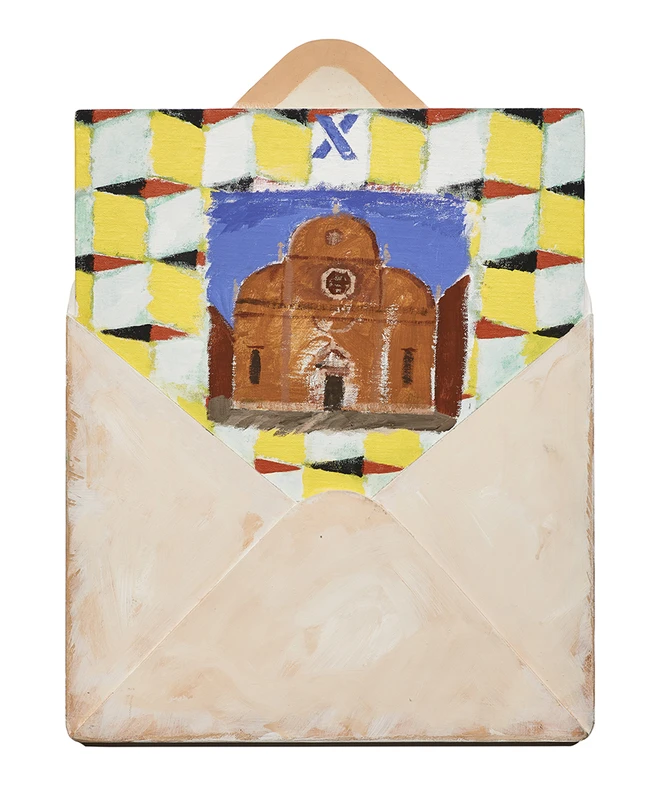Joe Tilson


b. 1928, United Kingdom
Born in London in 1928, Joe Tilson trained as a carpenter and a joiner, before going to study at St Martin’s School of Art (1949-52) and the Royal College of Art (1952-55), at the same time as Frank Auerbach, Leon Kossoff, Peter Blake and Richard Smith. After graduating from the Royal College, he was awarded the Rome Prize for a year in Italy, introducing him to classical history and culture, which would become important to his art in later decades. He went on to teach at St Martin’s, the Slade School of Fine Art, and also at the School of Visual Arts, New York and the Hochschule fuer bildende Kuenste in Hamburg.
Early work in a realist vein was followed by Arte Povera, seen in Italy, before finding his idiosyncratic style with the emerging Pop Art generation in London; these works are identifiably bold and often humorous, carpented, painted and collaged constructions and reliefs, which freely incorporated photography, plastics and textiles. Since the early 1960’s his work had consistently taken several forms. In the later 1960s he began to move away from celebrating contemporary fashions and issues of the decade towards, first, Greek mythology and, after his move to the countryside in Wiltshire, seeking ‘the sacred in Nature’, in ancient cultures such as those of the Indigenous Peoples of the Americas and the Indigenous Peoples of Australia, lunar cycles, and Neo-Platonic theory. Tilson has also been a prolific printmaker, on a large scale and using an enormous range of techniques often with large works on paper using every known print technique and carborundum relief. His unique works might be conventional painted canvases or panels, or works in wood, ceramic or stone, with other natural materials such as straw or rope, and be in the form of ladders, boxes, standing totems or other objects.
After winning the Gulbenkian Foundation Award in 1960, he represented Britain at the 32nd Venice Biennale in 1964, which famously included the works of Robert Rauschenberg, Jasper Johns, Claes Oldenburg, and Jim Dine. His first retrospective was held at the Boymans van Beuningen Museum, Rotterdam (1971), and others followed at the Vancouver Art Gallery (1979), the Arnolfini Gallery, Bristol (1984), the Royal Academy, London (2002) and the Palazzo Doria, Loano, Savona, Italy (2007). His work was also included in Art & The 60s: This Was Tomorrow, Tate Britain, London (2004) and Eye on Europe, MOMA, New York (2006). His works are in the collections of the Tate Gallery in London, the Walker Art Center in Minneapolis, The Museum of Modern Art in New York, the Stedelijk Museum in Amsterdam, and the Kunsthalle Basel, among others. Tilson was elected Royal Academician in 1991 and lives and works in London, United Kingdom and Venice and Cortona, Italy.